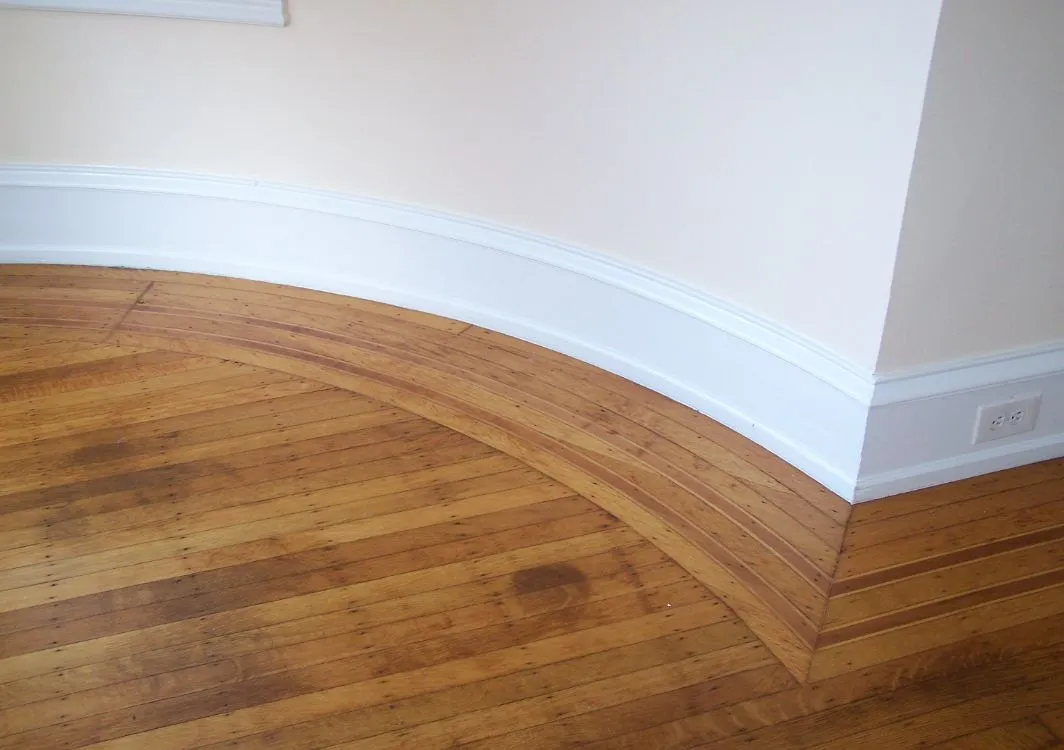
The Difference Between QuarterRound Molding and Shoe Molding And How
What Is Quarter Round? As its name suggests, quarter round is simply shaped like a quarter of a circle - a perfectly curved edge. This sleek curve looks professional and as a quarter round comes in many different sizes, its versatility is also unmatched. Besides a design difference, a quarter round is also slightly larger than a shoe molding.

Shoe Molding VS Quarter Round Difference? The Morris Mansion
Here are some of the main differences and similarities between these two types of trim: 1)- Size: Shoe molding is typically thinner and taller than quarter round, while quarter round is shorter and wider. 2)- Style: Shoe molding is a more modern and streamlined option, while quarter round has a more traditional and decorative look.
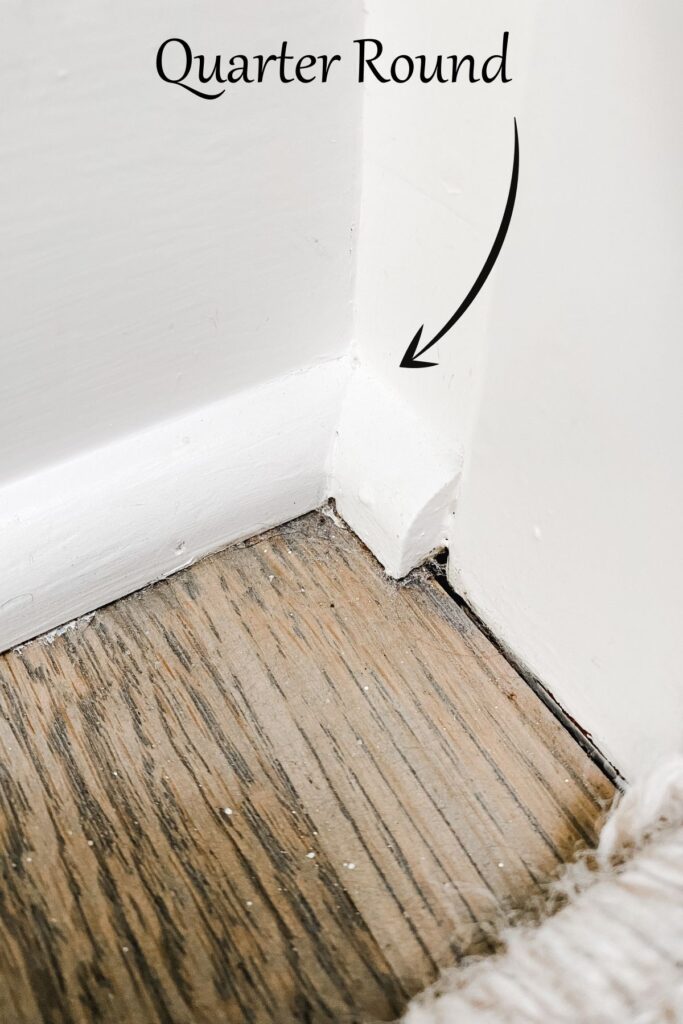
Shoe Molding vs. Quarter Round At Lane and High
The main differences between Shoe Molding vs Quarter Round are: Shoe molding has a less-pronounced curve, whereas quarter round molding features a more prominent curve; Shoe molding features a more squat profile, whereas quarter round molding displays a perfect quarter radius;
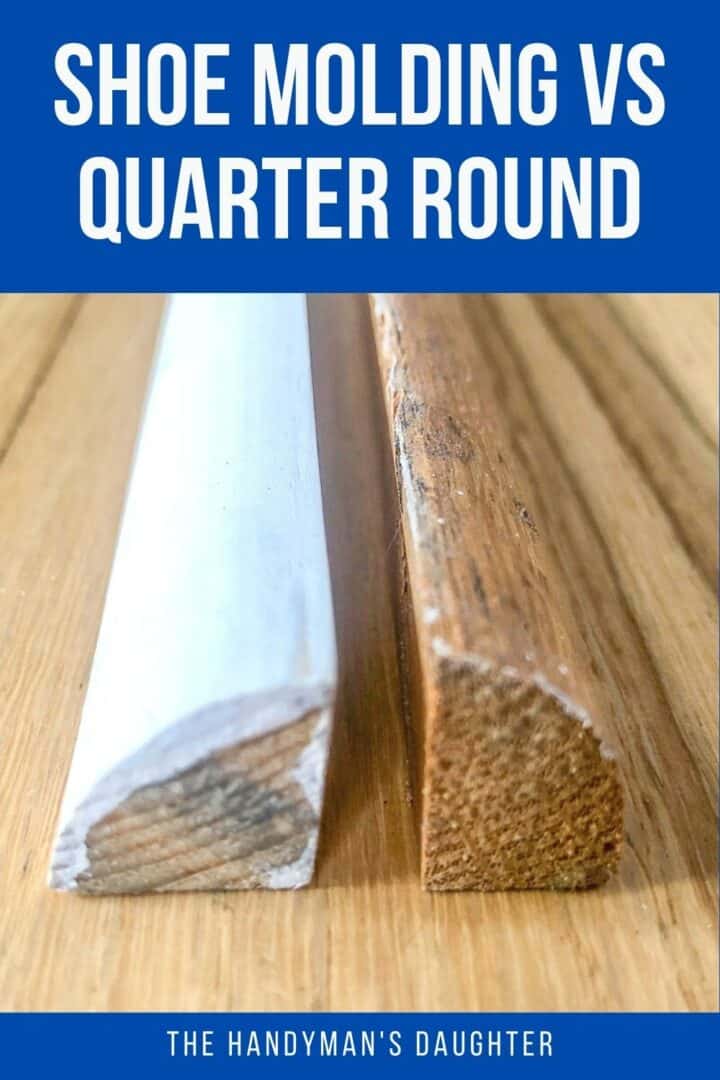
Shoe Molding vs Quarter Round The Handyman's Daughter
Shoe molding is much the same as quarter round, having the same 90° angle on the backside but instead of being a perfect quarter radius, its profile is a bit more squat. The main use for shoe molding is to run along the intersection of the baseboard and floor.
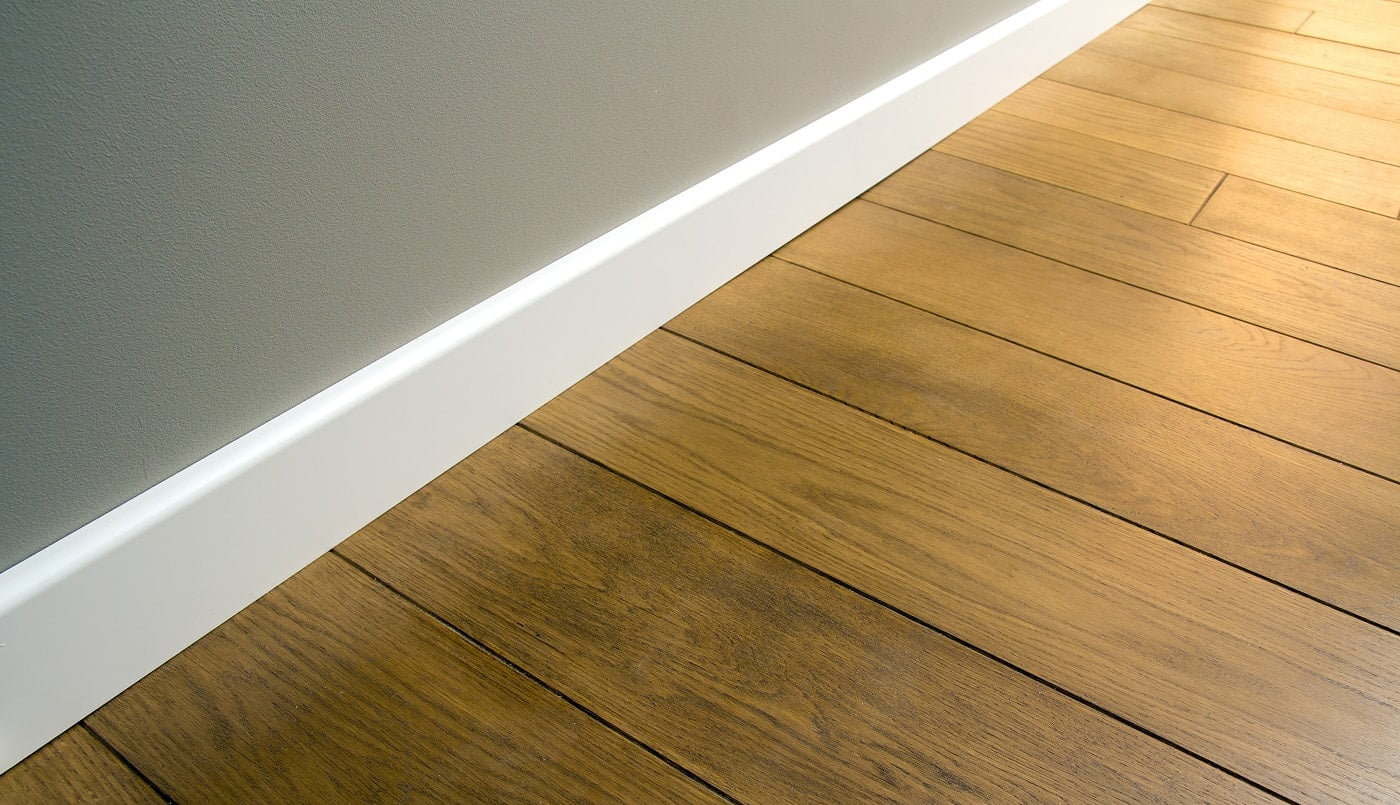
Quarter Round Vs. Shoe Molding [Differences+Winner]
Here's specifics: Shape: Shoe molding is typically thinner and has a more angular profile than quarter round. Quarter round, on the other hand, is thicker and has a more curved profile. Size: Shoe molding is typically 1/2 inch thick and 3/4 inch high. Quarter round is typically 3/4 inch thick and 1 inch high.
:max_bytes(150000):strip_icc()/cope-inside-corner-trim-65dd7780-43e591068d98455a9c4c1ac4c38fc0da.jpg)
How to Install Shoe Molding for the Perfect Finishing Touch
What Are The Differences Between Shoe Molding and Quarter Round? Shoe molding and quarter round are two types of moldings that serve as finishing touches to cover gaps between your walls, baseboards, and floors. These small gaps may seem insignificant, but they can make a big difference in the overall look of a room.

Shoe Molding Vs Quarter Round. Base Shoe Types & Installation
Quarter round is generally thicker and taller than shoe molding, which makes it a good choice for covering larger gaps, while shoe molding is thinner and shorter, which makes it a good choice for smaller gaps. Quarter round has a more traditional look, while shoe molding has a more modern look.
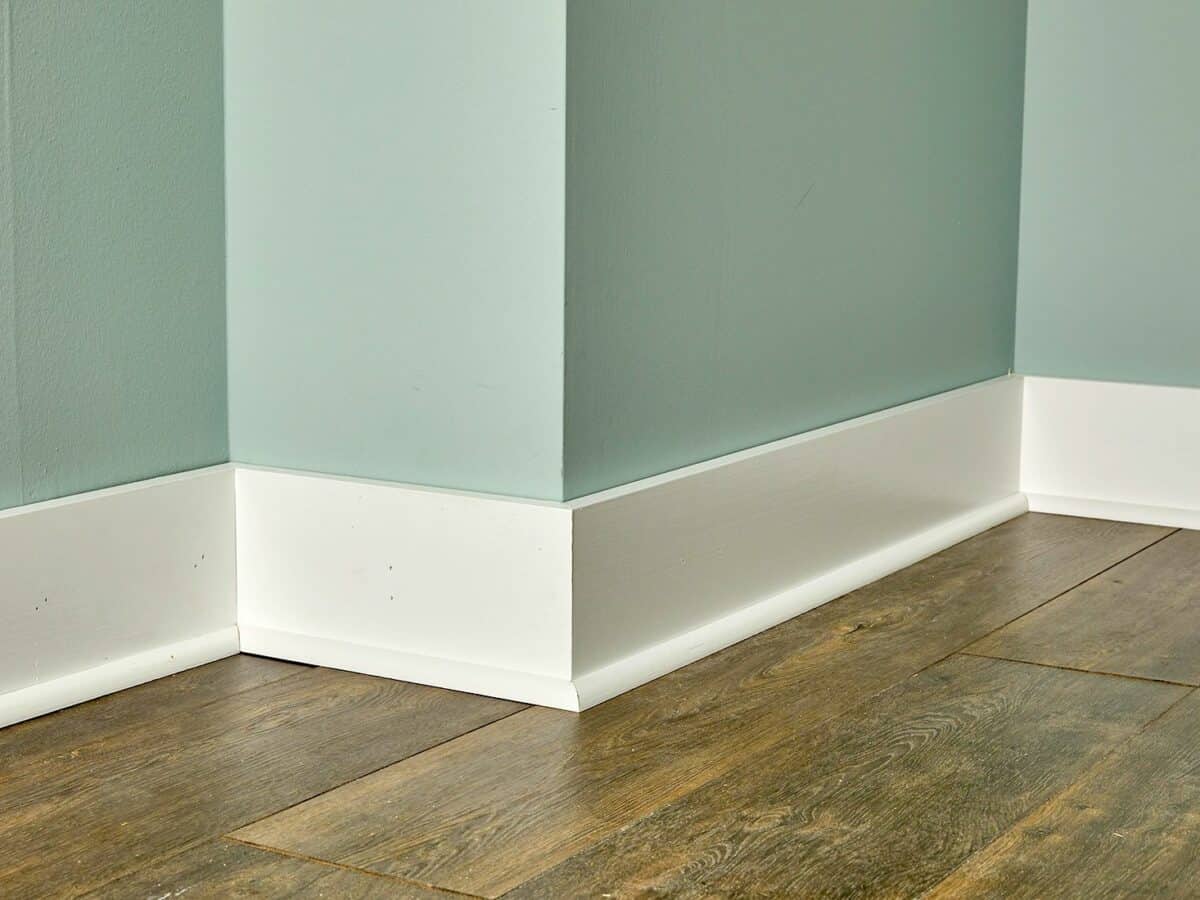
Shoe Molding vs. Quarter Round What Are The Differences?
What is Quarter Round Used For? Quarter round often serves the same purpose that shoe molding does - to cover gaps between the floor and trim of your home. Quarter round is also available in a variety of different colors, materials, and lengths. However, quarter round always has the same symmetrical features as a quarter-circle.

How to install quarter round with pictures Artofit
It is 1/2 inch wider than quarter-round molding and higher. Some shoe moldings also come in a convex shape, meaning that you can cover larger wall and floor areas without having it protrude too far forward. If you want a smooth trim finish, shoe molding is the ideal choice.

Shoe Molding vs. Quarter Round At Lane and High
Quarter round moldings are more or less similar to their shoe-type counterparts, the key distinguishing feature being their shape. They are identical from the backside, having a ninety-degree base but have a perfect radius for the curvature. The quarter round trims are three-fourth sections of a circular dowel.

Shoe Molding VS Quarter Round 7 Things to Know Rhythm of the Home
1. What are the advantages of installing molding? 2. What can shoe molding be used for? 3. What are the standard sizes of quarter-round and shoe molds? What Is A Quarter-Round Mold? Quarter-round molds are used to produce a prominent curve along fixed surfaces.

How to Install Quarter Round Moulding (shoe moulding)
PROS Hides seams between baseboard and wall Keeps out dirt and insects Hides cut ends Capable of hiding height differences Gives you more room for end cuts while installing floor CONS Can have naturally occurring imperfections Baseboard needs to be flat for shoe molding to work
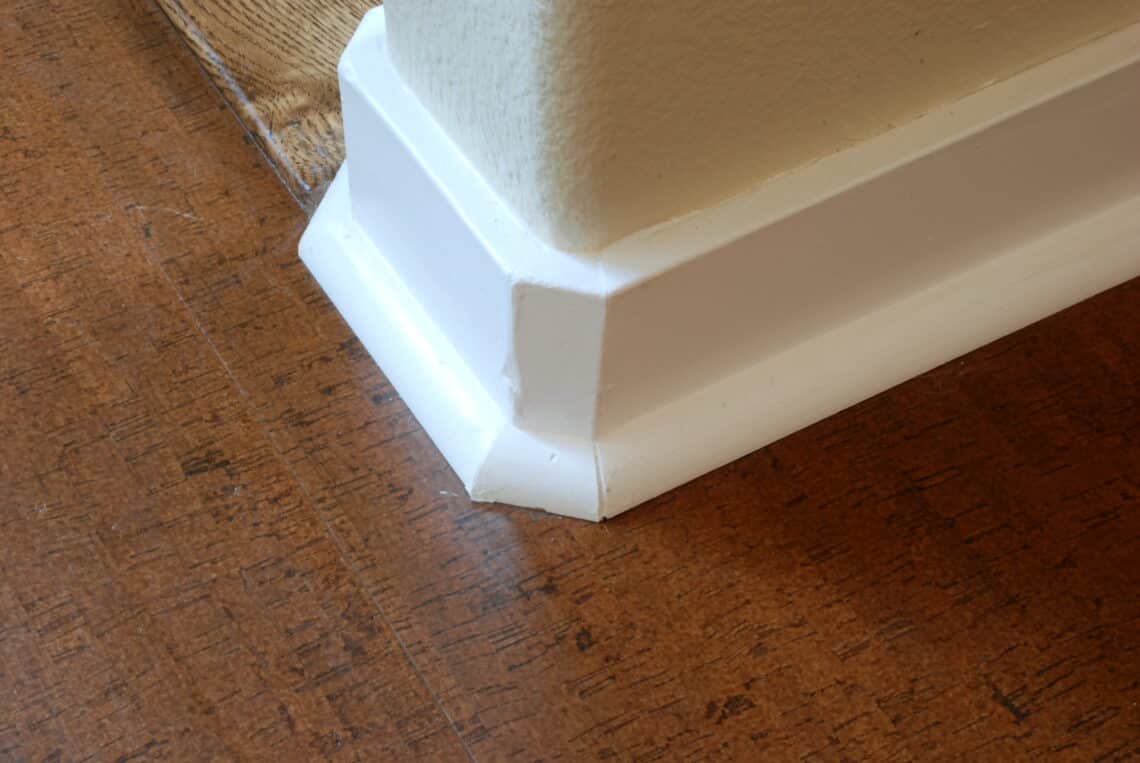
Quarter Round Vs. Shoe Molding [A Clear Winner?]
In This Article Quarter-Round Trim vs. Shoe Molding Types Pre-Finishing Instructions Project Overview Total Time: 1 hr Yield: 60 linear feet Skill Level: Intermediate Estimated Cost: $50 to $100 Shoe molding or base shoe molding is a decorative finishing touch for baseboards.
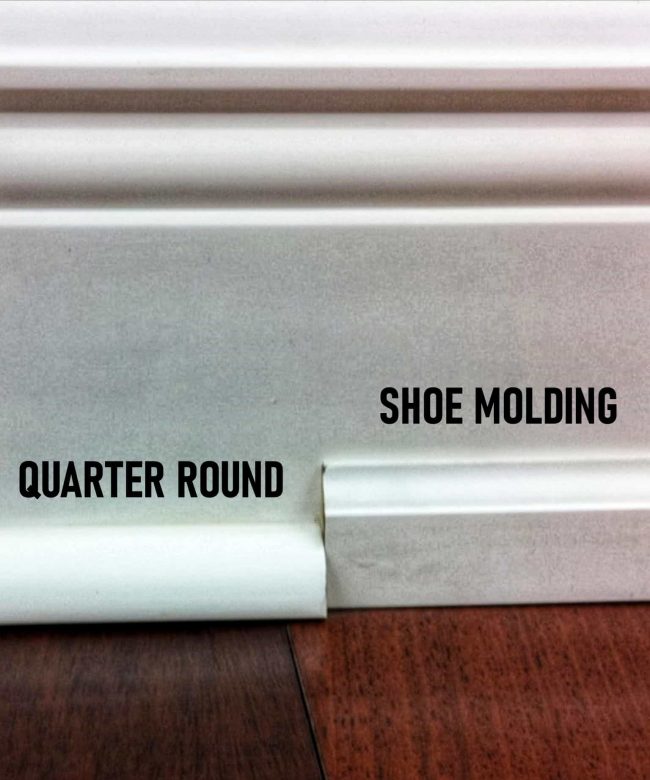
Shoe Molding VS Quarter Round 7 Things to Know Rhythm of the Home
Shoe Molding Vs Quarter Round It should be noted that shoe molding covers two types of molding, base shoe and quarter round. To understand the differences, you should know their similarities. Is Shoe Molding the Same as Quarter Round? In many ways they are both the same.
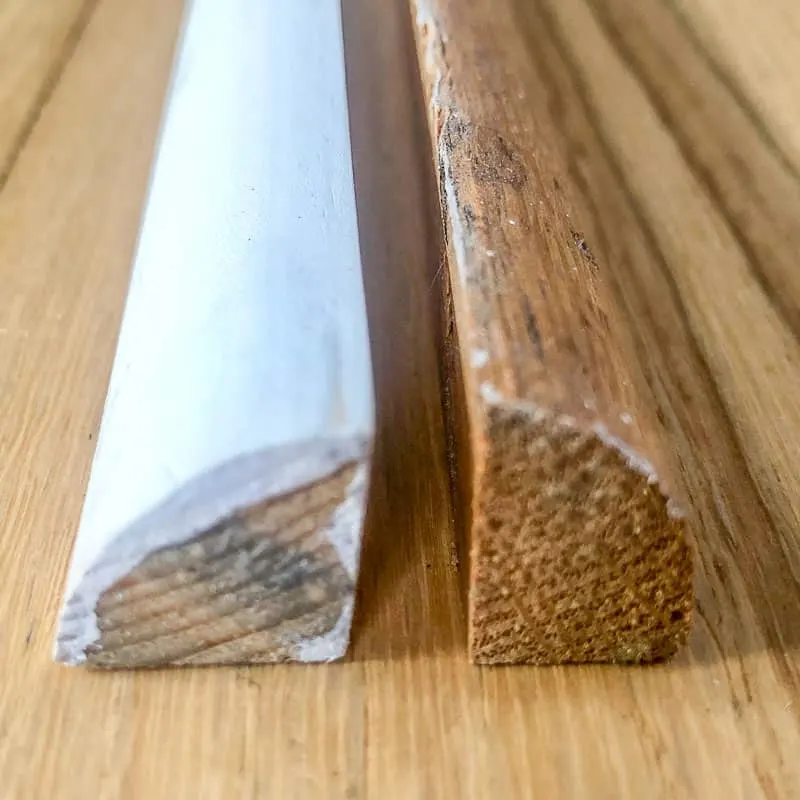
Shoe Molding vs Quarter Round The Handyman's Daughter
The differences between quarter round and shoe molding include the size, shape, and primary function. Quarter round is typically used to conceal a gap between the floor and the wall.
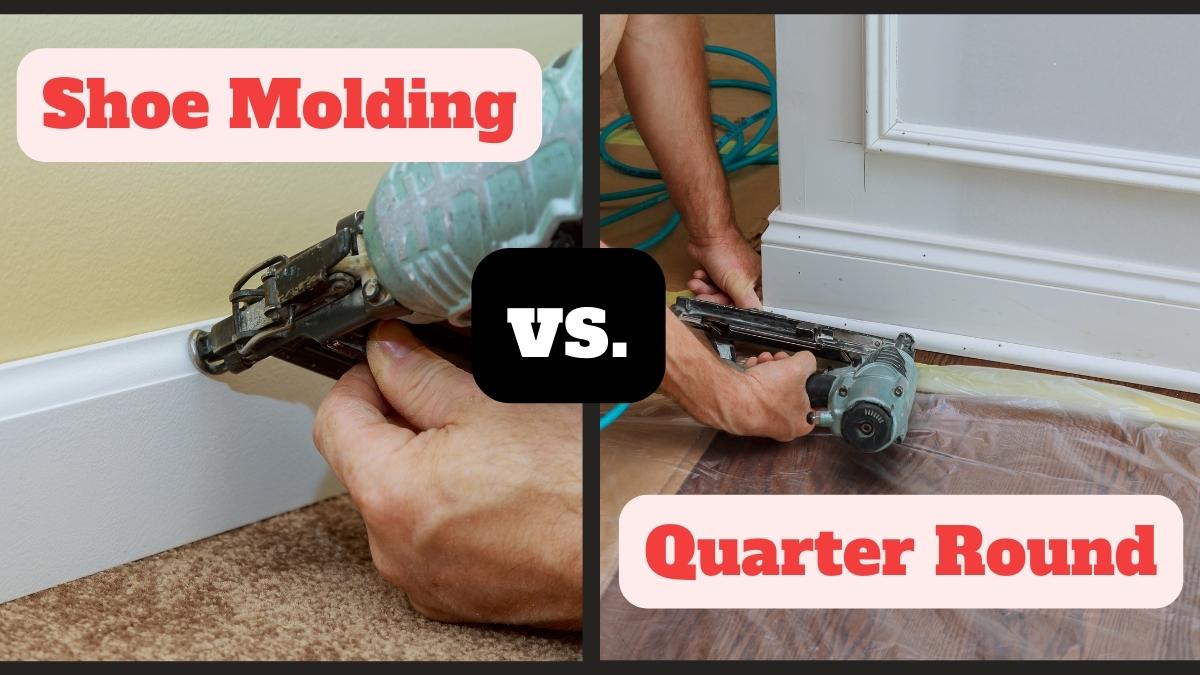
Shoe Molding vs. Quarter Round What’s the Difference?
Shoe Molding Vs. Quarter Round Shoe molding and quarter-round molding give architectural "curve appeal" to interior spaces. Instead of leaving abrupt transitions between countertops and surfaces adjoining them or between floors, baseboards and walls, shoe and quarter-round molding make for a smooth and professional-looking transition.